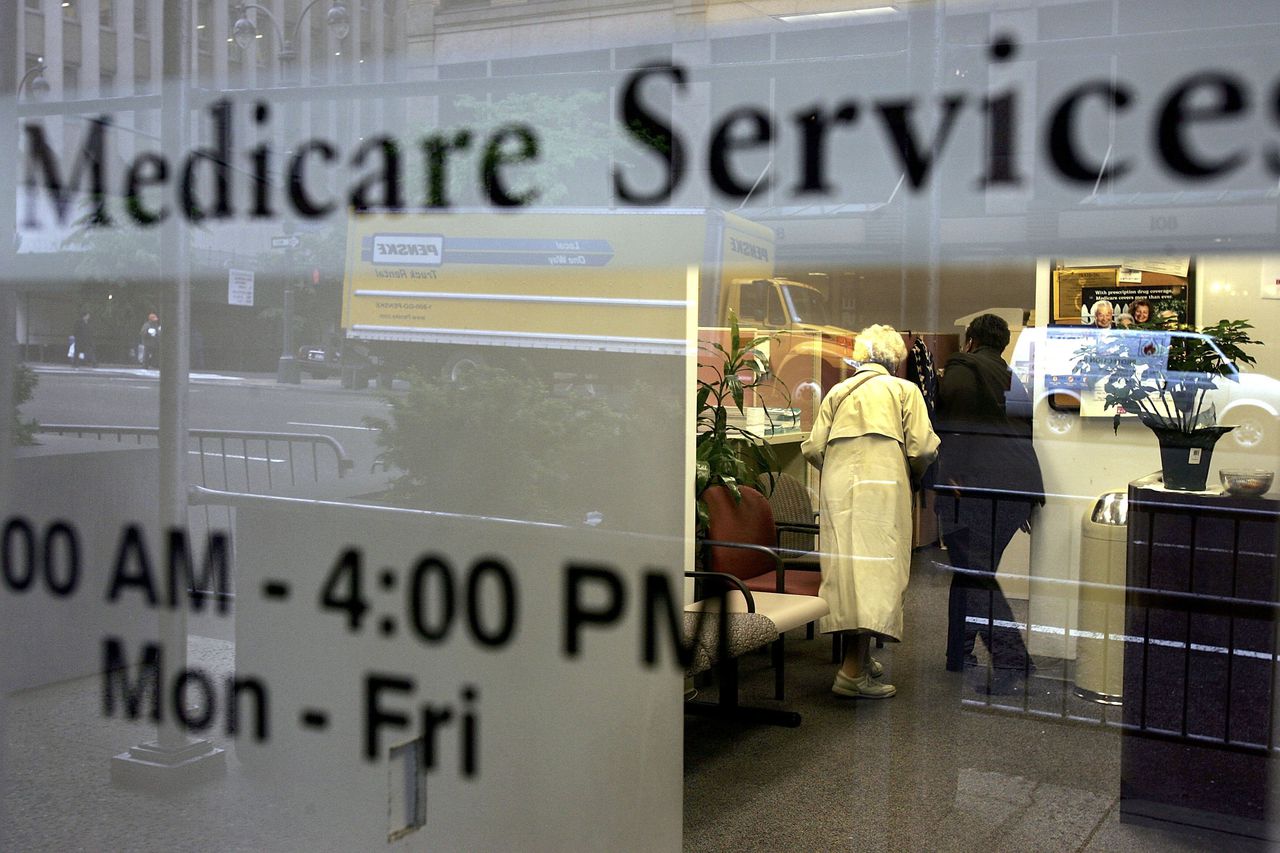Guest opinion: Why is it hard for grandma to see her doctor?
This is a guest opinion column
The prestigious Mayo Clinic announced that it will no longer accept most Medicare Advantage plans in Florida or Arizona. Seniors rely on this type of coverage that uses a private healthcare insurance company to manage a Medicare benefit. The plans have recently been under financial scrutiny for lucrative insurance overbilling while patients suffered delays and denials of care. Mayo suggests that patients select the traditional government run Medicare option.
The problem is that soon any patient with any type of Medicare insurance may have difficulty finding a doctor.
Physicians are facing a total reduction in Medicare payments of 8.5% in 2023. Through a combination of payment cuts, the average physician will receive 8.5% less for providing the same services he or she did last year. And, the long-term trend is even worse. While adjusting for inflation, Medicare payments to physicians have declined a total of 22% from 2001-2021.
The people most impacted by these cuts will be our Medicare patients. In the backdrop of inflation, practices will not be able to sustain themselves by treating Medicare patients.
The reality is that running a private practice is a business. Physician practices must pay rent. They have to pay the malpractice insurance company, their receptionist, their nurse, their medical assistant, and their physician assistant. Those prices have all gone up. But, payment is going down.
If we extrapolate this to any other industry, when the cost of business goes up and revenue goes down, stores close.
These declining payments will force physicians to make hard choices. Should they only see patients with private insurance or should they see more Medicare patients and put their practice at financial risk?
The math tells the story.
Private insurance pays more than Medicare for the same amount of work. If Medicare pays a physician $100 for a procedure or visit the average privately insurance will pay roughly $150 for the same service. Through the Medicare cuts, that difference will expand. Anybody can see why a private practice would want to see more private patients and less Medicare patients.
This will simply make it harder for patients with Medicare insurance to get appointments.
This is also compounded by an ongoing physician shortage and real concerns regarding physician burnout. A recent survey of over 20,000 respondents noted that one in three doctors are looking to reduce their hours in the next year while one in five physicians plan to exit their current practice in 2 years. We aren’t training enough physicians and the physicians we do train are getting burned out from clinical medicine.
A big part of this exodus is that physicians don’t feel valued. And, by further cutting physician payments, the government is signaling exactly that.
Why are physicians the only ones taking a hit?
Hospitals, different types of nursing homes, and ambulatory surgical centers are all receiving a Medicare payment increase in 2023. In fact, over the same 2001-2021 time period where physician payments decreased 22%, hospitals have received a 60% increase in Medicare payments.
That’s not a good prescription for a healthy physician workforce.
Patients over 65 have paid into the system, through a societal contract they are anticipating the government will help take care of their healthcare through Medicare. The decisions being made will put seniors at risk for reduced access to care.
Richard Menger MD MPA is an assistant professor of neurosurgery and political science at the University of South Alabama. He is the lead editor of the textbook the Business, Policy, and Economics of Neurosurgery.
